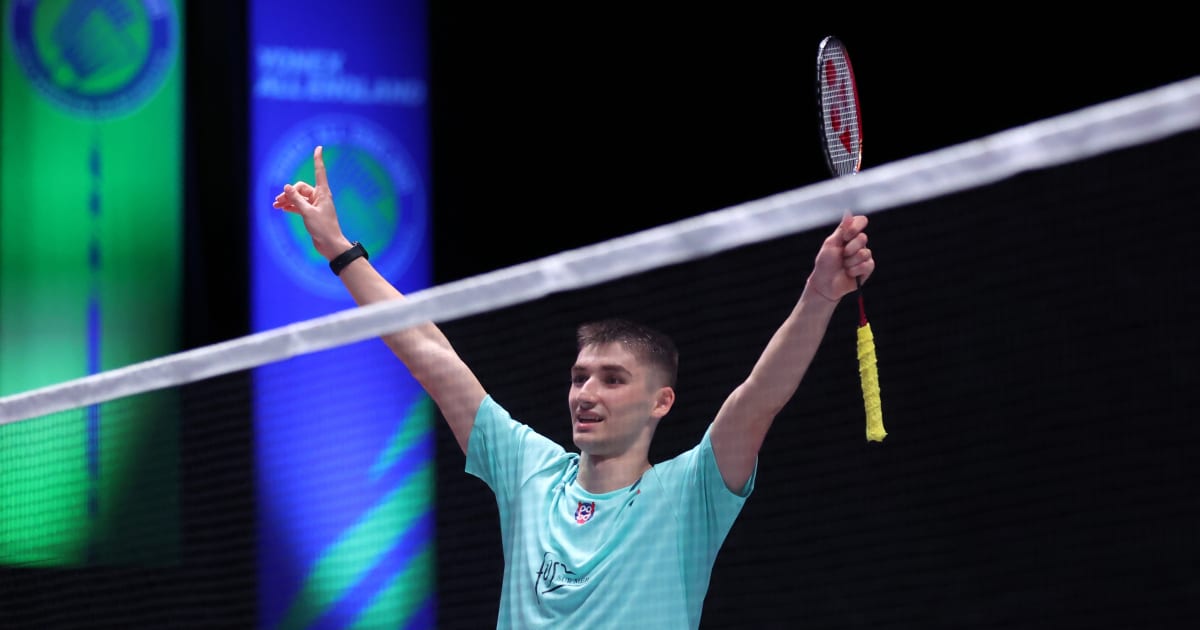Our recommendation: Wait for the global launch
This price includes all taxes, not including shipping costs. However, AverageDad only offers a one-year warranty, and you only have a 14-day right of return if the product has not been opened;…

This price includes all taxes, not including shipping costs. However, AverageDad only offers a one-year warranty, and you only have a 14-day right of return if the product has not been opened;…

Li took control of the first game, scoring five points on the trot, which meant Antonsen had to play catch-up at the outset. By the mid-game interval, Li had opened a six-point lead (11-5) before extending it to seven to tighten his…

Israeli forces carried out a “targeted strike” in central Gaza on Saturday…

Since its introduction in the 1980s, the Renault Twingo has always been a docile city car, competing with the likes of the Smart forfour. Within the Renault family, the thoroughbred athletes have always been the Clio, especially members like the…

NEW YORK, Oct. 25, 2025 – The South Bay Lakers selected 2025 NBA Champion Dillon Jones (6-5, 235, Weber State) with the first overall pick in the 2025 NBA G League Draft, which was held virtually today. The Osceola Magic selected Tyler Smith…

The adult-specific 21-valent pneumococcal conjugate vaccine (V116) is well tolerated, and all 21 serotypes are immunogenic among patients with HIV infection. These findings were published in The Lancet HIV.
Compared with patients without HIV,…

“I think there are some really good…

A sweeping U.S. analysis of 18,595 people aged 18–50 diagnosed with early-onset non–small cell lung cancer (NSCLC) has a blunt message: outcomes hinge not only on tumor biology but on where you live, what you earn, and how…

Conditioned takes a retrospective dive into Bidjara artist Michael Cook’s oeuvre of layered, stylised photographs, prising open the space between Indigenous and European perspectives and experiences
Conditioned by Michael Cook is out now in…